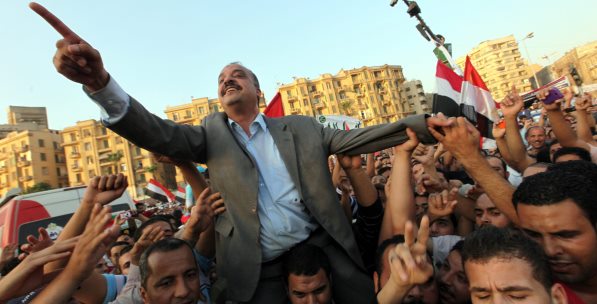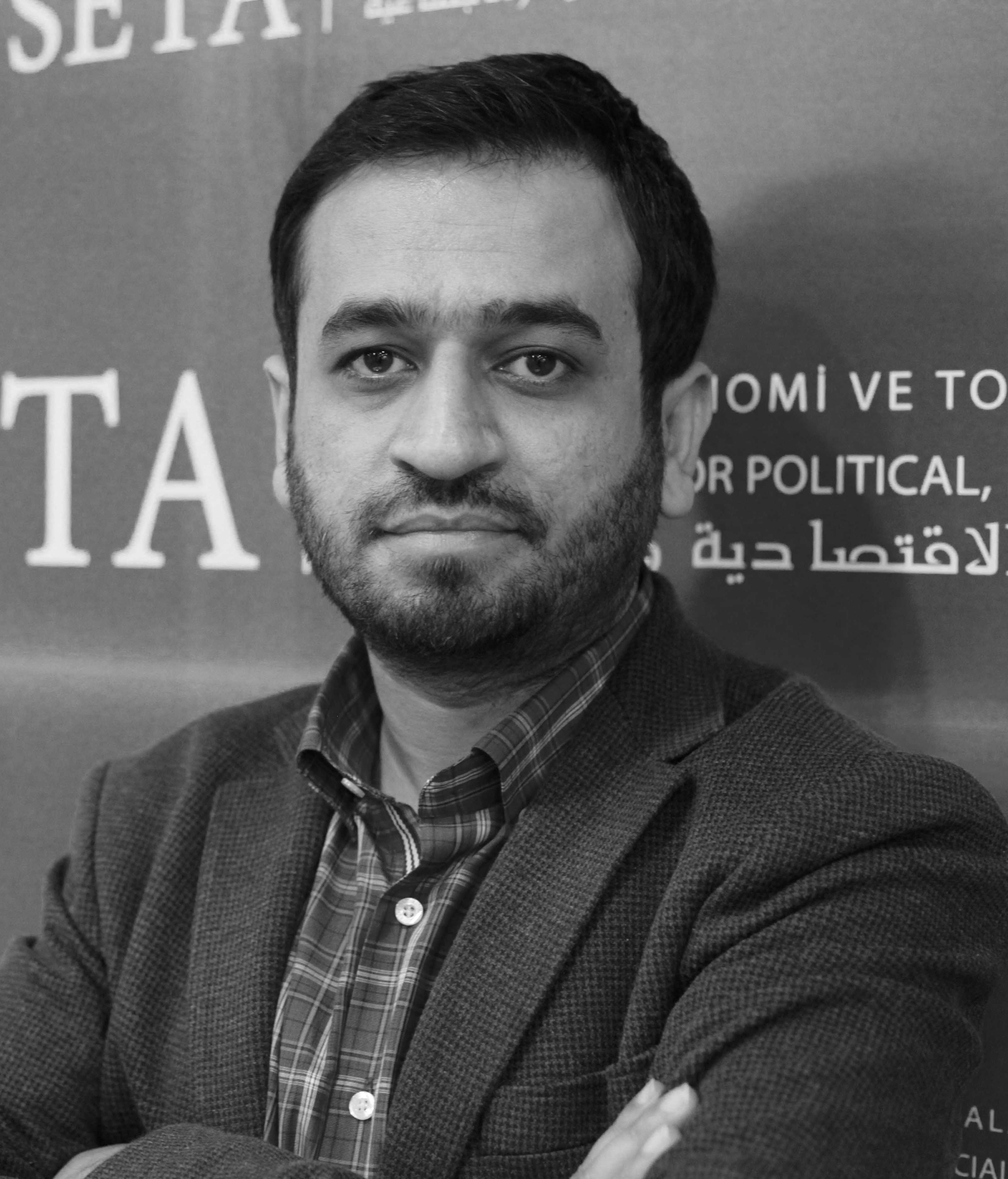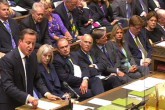The first democratically elected leader in the history of Egypt Mohamed Morsi was overthrown by a coalition consisting of national and international actors on July 3, 2013; in other words, in his first year in office. Democracy was not tolerated in Egypt. Nevertheless, an unexpected resistance to the coup d’état, though it failed to reverse the coup, ruined the plans; broke up the political coalition and rendered the current situation unsustainable.
As soon as Morsi came to power, he faced with a strong opposition coalition. The January 25 “revolution” in 2011 overthrew Hosni Mubarak; however, the military-judiciary-police bureaucracy, Cairo bourgeois and the media kept their seats. Morsi did not have an army, police forces, intelligence and even a parliament; thus he gave an image of an incompetent President although he was in power.
COUP COALITION
While Morsi was dealing with bureaucracy and long standing structural problems, the secular-liberal opposition immediately sided with the opposition front, declaring that they give Morsi credit for a while. The opposition block National Salvation Front (NSF) led by Mohamed ElBaradei tried to share the power by threats and exploited the discomfort felt for an “Islamist” being the president. The NSF failing to get what it had wanted, preferred to be a part of the coalition. Coptic Christians making up 10 percent of Egyptian population supported the coup. With the help of boycotts, strikes and violent street manifestations, the June 30 Plan was completed and the Commander-in-Chief of the Egyptian Armed Forces, Abdel Fattah el-Sisi declared the coup describing it as a “revolution.”
Sisi announced a roadmap in cooperation with certain figures; thus, exposed the local actors of the coup coalition as the initial reactions of the international public opinion revealed global actors of the coup. Upon the incentive of Saudi Arabia, the Salafi al Nour Party was involved in the three-party local coup coalition of the military, fülul (remnants of the old regime) and the secular-liberal opposition. The local coalition of the coup tried to show the coup as a people’s revolution in the eyes of national and international actors through massive protests and their media power. International actors, particularly Western countries, joined in this plan by not defining the coup as coup.
COMPONENTS OF THE RESISTANCE
They mainly hoped that the Muslim Brotherhood (Ikhwan) would become isolated and would be forced to support the road map after a short period of resistance. However, the determination of the anti-coup coalition to resist ruined the plans. Numerous Salafi and Islamist movements and political parties under the Ikhwan’s leadership formed the Anti-Coup National Coalition and carried out mass protests in 27 governorates of Egypt, notably Cairo in addition to Rabia and Nahda squares. Coup actors did not expect such a resistance, so they tried to suppress it through violence and committed massacres. They emptied Rabia and Nahda squares and targeted the Brotherhood, other anti-coup parties and movements to weaken the resistance.
LOSE-LOSE BALANCE
However, the death of numerous anti-coup protesters in the attacks caused serious problems in the political coalition of the coup and posed an obstacle to the realization of the road map offered by Sissi. Coup partners, the military-fülul-secular-liberal bloc and Salafi al-Nour Party adopted different positions. Grassroots of the Salafi Party strongly reacted and a high number of leaders resigned. In the wake of the conflict between al Baradei and remnants of the old regime, an anti-Baradei campaign was adopted and al Beradei was forced to flee from the country. Despite the discontent of the army, the remnants of the old regime pulled the wires and the release of Mubarak increased the tension among the coalition partners. Actors such as the April 6 Youth Movement and the Revolutionary Socialist Youth Movements,



